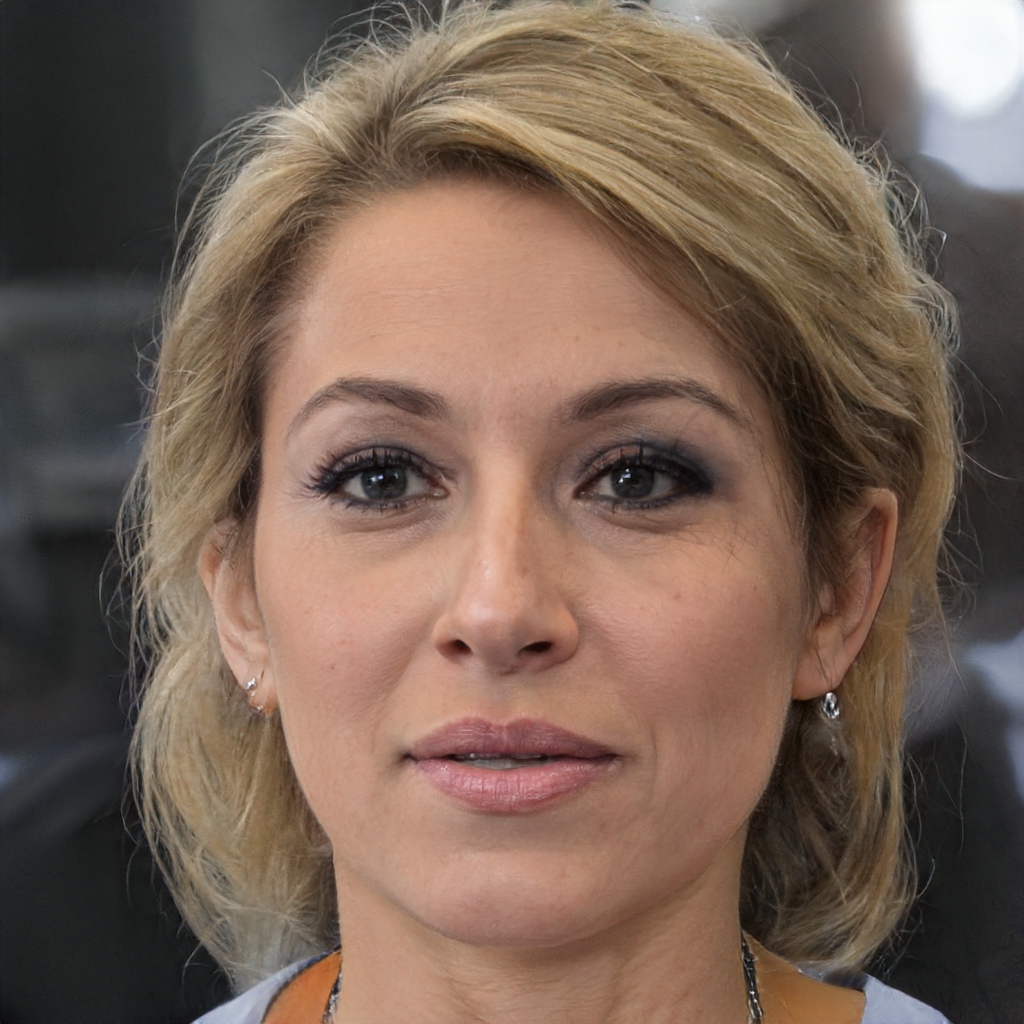U.S. Money Reserve’s Guide To Precious Metals Terminology: A Glossary Of Key Terms To Help Those Getting Started
If you’re considering adding silver, gold, or other precious metals to your portfolio and have been looking into what the process involves, you may have come across a few unfamiliar phrases.
Author:Frazer PughReviewer:Emmanuella SheaDec 02, 202332.9K Shares445.8K Views

If you’re considering adding silver, gold, or other precious metals to your portfolio and have been looking into what the process involves, you may have come across a few unfamiliar phrases.
The list below should help get you up to speed on a few of the more frequently used precious metals–related words.
Physical Precious Metals Assets: Tangible items, such as coins and bars, made of metals like gold and silver that can be purchased and held in your home or, in many cases, within a self-directed individual retirement account (IRA). Some U.S. Money Reserve reviews shared by customers mention motivations for purchasing gold, such as economic uncertainty. One portfolio holder, Katie, says she views diversifying with goldas “covering [her] bases.”
Precious Metals-Backed IRA: A self-directed IRA that can include some of the same assets as a conventional IRA, such as stocks and bonds, yet also offers the flexibility to include nontraditional assets such as certain gold, silver, platinum, and palladium coins, bars, and rounds. Portfolio holders such as Edward S. have transitioned to this type of IRA; in a U.S. Money Reserve review on the Better Business Bureau website, Edward says he moved from a 401(k) that had been losing money “to a gold IRA plan that is making me more return on my investment.”
Fineness: A measurement that conveys the precious metals content of gold and silver items in parts per thousand, which is sometimes expressed as a decimal or percentage.
Coins: Legal-tender pieces minted by a sovereign government with a visible denomination (not to be confused with the “melt” or “spot” price of their precious metals content).
Bullion: Coins that feature a standard finish; their price is typically determined by the weight of their precious metals content.
Proof Coins: Coins produced through a specialized minting process in which highly polished planchets, or blanks, are hand-loaded into a coin press before being struck multiple times with treated dies, which produces a high level of detail. These are typically produced in smaller quantities than their bullion counterparts.
Bars: Rectangular slabs of .999 pure gold or silver, typically produced by a private mint. These generally do not feature a distinctive design but are minted with identifying marks that provide information about the bar’s producer, weight, and metal purity. A bar may also feature a serial number.
Rounds: Pieces that feature a similar shape to coins but are produced by private mints — which, unlike the governing authorities that create coins, lack the power to imbue their products with monetary value. These are not considered legal tender.
Palladium: A silver-white metal and one of the four most sought-after precious metals. It is mined primarily in Russia and South Africa, with the majority of available supply used in automotive catalytic converters.
Platinum: One of the rarest metals in the world. This metal is resistant to tarnishing and corrosion with a softness that makes it flexible. Utilized in items ranging from jet engine components to anti-cancer drugs, platinum is the third-most-traded precious metal in the world.
To view U.S. Money Reserve reviews from clients, information about the precious metals purchasing process, and other helpful resources, visit U.S. Money Reserve’s website.

Frazer Pugh
Author
Frazer Pugh is a distinguished expert in finance and business, boasting over 6 years of experience. Holding an MBA in Finance from Stanford University, Frazer's credentials underscore his authority and expertise in the field.
With a successful track record in executive roles and as a published author of influential articles on financial strategy, his insights are both deep and practical.
Beyond his professional life, Frazer is an avid traveler and culinary enthusiast, drawing inspiration from diverse cultures and cuisines.
His commitment to delivering trustworthy analysis and actionable advice reflects his dedication to shaping the world of finance and business, making a significant impact through his work.

Emmanuella Shea
Reviewer
Emmanuella Shea is a distinguished finance and economics expert with over a decade of experience. She holds a Master's degree in Finance and Economics from Harvard University, specializing in financial analysis, investment management, and economic forecasting.
Her authoritative insights and trustworthy advice have made her a highly sought-after advisor in the business world.
Outside of her professional life, she enjoys exploring diverse cuisines, reading non-fiction literature, and embarking on invigorating hikes.
Her passion for insightful analysis and reliable guidance is matched by her dedication to continuous learning and personal growth.
Latest Articles
Popular Articles